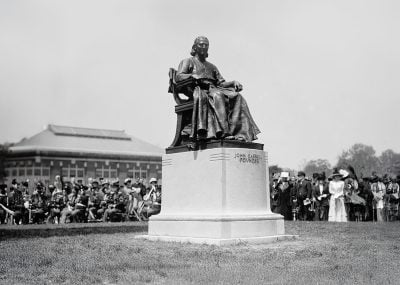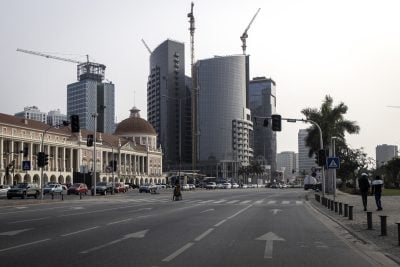Pomp and ceremony
In March, the Economist Intelligence Unit ranked Singapore as the most expensive city to live in, although some have argued that this reflects the high-end spending of expatriates, and not the day-to-day expenditure of an average Singaporean. But one thing is certain: living in Singapore is not getting cheaper.
With a high-pressure education system, rising prices and a constant jostle for space, it is little wonder that a study by international pollster Gallup in 2012 found Singapore to be the least positive and most unhappy country in the world, even ahead of conflict-ridden places like Iraq and Afghanistan.
But the accuracy of this study was questioned by many indignant locals, who were quick to defend their Little Red Dot and show that there are, in fact, many things to cheer about living here.
It is not simply the strong economy, immunity from natural disasters and streets which are clean and safe that these locals are so proud of. They will also rave about the crimson pomp during Chinese New Year, when for about two weeks, Chinatown and about three-quarters of the local households are filled with spring blossoms, red paper cuttings and couplets symbolising good luck and wealth, and irresistible snacks like pineapple tarts and bak kwa (sweet and savoury dried meat). Not to forget the accompanying commotion of mahjong games, lion and dragon dances, and the annual Chingay Parade with striking floats and glittery costumes that could easily give Mardi Gras a run for its money.
Or they may tell you about how dazzling and fragrant Little India is during Deepavali, when Hindu devotees celebrate the triumph of good over evil, igniting candles and oil lamps to symbolise light overcoming darkness, wearing fresh flower garlands and dying their hands with intricately painted henna art.
Others would speak fondly of the bustling evening bazaars in Kampong Glam and Geylang Serai during the Muslim-fasting month of Ramadan, selling anything from Ramly burgers and otak-otak (fish cakes wrapped in banana leaves) to Persian carpets and handicraft.
At the end of the month, Malay families don their colour-coordinated traditional costumes (baju melayu and baju kurung) for Hari Raya Aidilfitri, and whip up more festive dishes in their kitchen such as chicken and beef rendang and lontong with sayur lodeh (rice cakes and vegetables in coconut broth).
Spoilt for choice
Want to continue reading? Subscribe today.
You've read all your free articles for this month! Subscribe now to enjoy full access to our content.
Digital Monthly
£8.00 / month
Receive full unlimited access to our articles, opinions, podcasts and more.
Digital Yearly
£70.00 / year
Our best value offer - save £26 and gain access to all of our digital content for an entire year!

 Sign in with Google
Sign in with Google 




